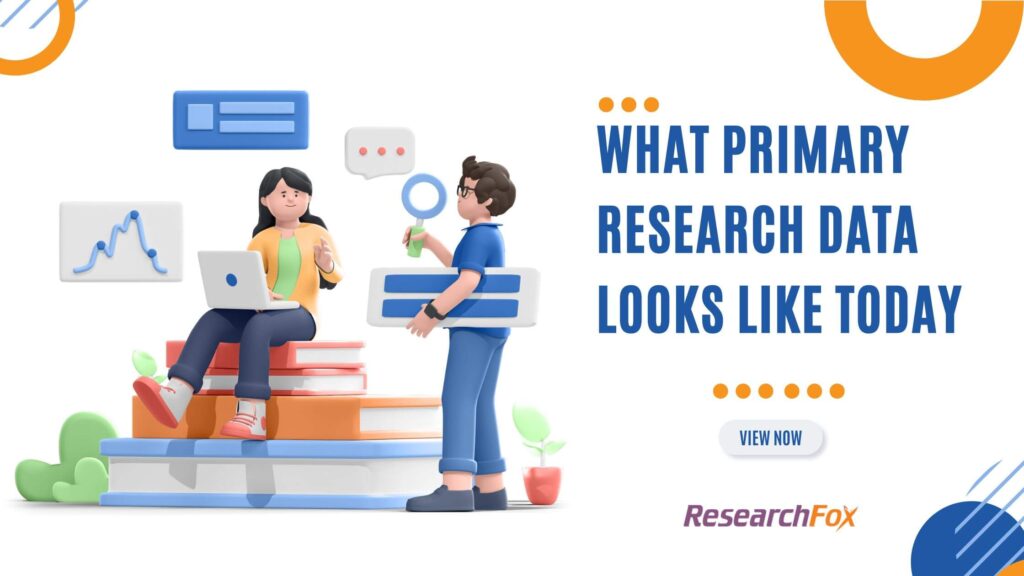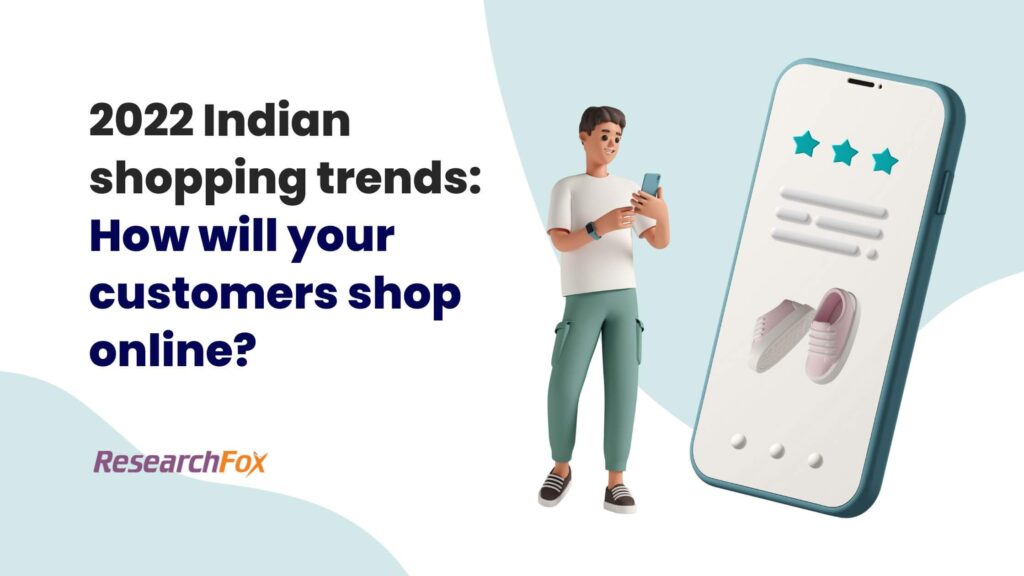Many organizations are not making the most of their essential information. The critical information that comes straightforwardly from your clients considers an additional genuine discussion with your crowd. The open doors of important information offer to consider a more grounded relationship with your clients, giving them a superior client experience and giving you the potential for speed-up development.
Leveraging Primary Data
The dynamics for third-party identifying data have shifted over recent years. Owing to the change most organizations must adopt a new data strategy. There is immense potential in collecting primary data, as it is unique to your business, data that you direct, collect, and own. Despite significant advantages, most organizations are not yet leveraging the power of first-party data at all, and certainly not using it to its highest power.
This article will cover the best ways of collecting primary data, an approach for obtaining and managing this data, and how to use this data to improve your customers’ experience across different channels and boost the growth of your business.
Changing purchasing trends creates new opportunities for primary data
The evolution of the purchase journey is no more alien to businesses. Certain behaviors that became more prevalent during the pandemic will continue to grow, which has created rich new sources of primary data. Estimates vary, but all agree that the pandemic has directed the buying journey forward into digital channels that were not anticipated a few years ago. Indian Brand Equity Foundation (IBEF) predicts that while Indian e-commerce was moving quickly in 2019, the next two years pushed more customers toward online solutions and it is all set to reach US$ 74.8 billion in 2022 reporting a growth of 21.5%.
The impact of this acceleration on data strategies is obvious. After all, primary data is collected from your customers and prospects through their interactions with the different touchpoints of your business. Examples include data shared by customers through your websites, applications, landing pages, and lead response forms, in response to the primary research activities, such as conducting paid surveys, product testing, feasibility testing, brand studies, and other consumer research projects. As this data comes from the direct relationship you have with your existing customers and also from new prospects, it helps to build familiarity, create authentic conversations, optimize performance, and develop new customer-centric processes and products.
Digital capabilities can be of different levels. Therefore, it is critical to consider what type of digital reach and capability may meet your customers at various stages of their buying journey while authentically exchanging their data.
A primary data collection plan needs to be constructed with measurable objectives to guide which data will achieve your project and business objective, where your organization should invest in collecting and analyzing this data, and how these points of interaction may impact the customer experience.
There are sometimes high investments in data acquisition that need to be evaluated well before, including risks to the customer experience, data privacy compliance, data governance and security, and impact on the brand perception of your organization. However, these investments can help prioritize your primary research efforts when weighted with your business objectives.
Winning Strategies for obtaining primary data
People look forward to understanding how their personal and shopping data will be used and why it is being requested by a business. Customers feel motivated about sharing their information about their shopping behavior and decision when they gain something in return, such as promotions, contests, and access to information. This reciprocal relationship creates a currency exchange between primary data and benefits. Having incentives offers, and coupons in barter for customer information can create a mutually beneficial relationship where customers feel they are also winning and also feel connected with the brands as it creates a notion that the brand is listening to their valuable voices.
In addition to your processes and primary research mechanism, another critical area to ensure that your collection, storage, and analysis practices are on point is ensuring that you have the correct technology. To correctly leverage the power of your primary data strategy, your consumer insights practice must be sufficiently mature. Many organizations try to do this in-house while accelerating their primary data strategy whereas many depend on trusted market research firms to collect primary data and draw insights from it.
Activating data for optimal customer experience
Once you have a clear understanding of which primary data is most important for your business strategy and how this data will be collected and analyzed, you are all set to gain valuable insights and improve your customer experience. Personalization plays a key role in creating products and solutions that resonated with the problems of your customers. Insights drawn from primary data help you create those personalizations and implement them across your product life cycle and customer journey.
You can also provide personalized content to different customer segments at critical points during the purchasing journey using your primary data intelligence. For example, improving search results based on specific behavior and need-based keywords or providing curated content to audience segments when browsing your website can give competitive differentiation and improve conversion.
Data strategy: Measure for results
After activating, it is time to create a strong primary data strategy for your organization and measure its effectiveness. The effectiveness of your organization’s data strategy also informs your overall business strategy. As an example, an app development company used its usability testing data collected after testing the app with internal stakeholders as its primary source of data and product development but, upon testing the app with real target users, found that there were other critical bottlenecks in the user journey to complete a certain transaction. This approach immediately produced an enhanced version of the app that allowed the company to focus its efforts on other promotional activities and market development strategies.
Primary research data allows closer connections to our customers, providing enhanced experiences for your clients and ultimately accelerating growth.
How We Can Help You
Primary data can be applied to many research objectives and situations. Likewise, there are several effective ways both online and offline through which primary data can be successfully collected. A few of the most popular methods of primary data collection for consumer or b2b research include:
- Focus groups
- Surveys
- Interviews
- Experiments
- Observations
Different methods can be applied based on the objective and data strategy of your organization. A lot of times, a combination of 2 or 3 methods is used with different sample audiences to get a more accurate mix of data.
Overwhelmed yet? Here are a few of the ways our team at ResearchFox Consulting can help you gather both primary and secondary data for your business needs.
We have been conducting primary research for 10 years with decision-makers and influencers across industries. We have developed a long list of panels we can reach out to for in-depth interviews and surveys in Indian and abroad. We create comprehensive questionnaires with our consultants to ask various target groups (such as corporate professionals, manufacturers, end-users, industry associations, and regulatory bodies), and at the same time ensure high data security and confidentiality standards.
Not only do we design the research and collect the data needed for a successful research project, we know how to bring it all together so that an abundance of data points is transformed into meaningful and actionable insights for your business strategy. We check every detail against one another to identify both trends and outliers, ensuring you get a complete and accurate picture of the research problem.
If you’d like to learn more about how ResearchFox Consulting can help you navigate a sea of data, please contact us at explore@researchfox.com or request more information on our website.




